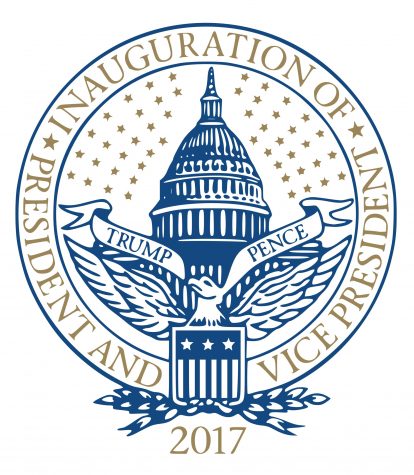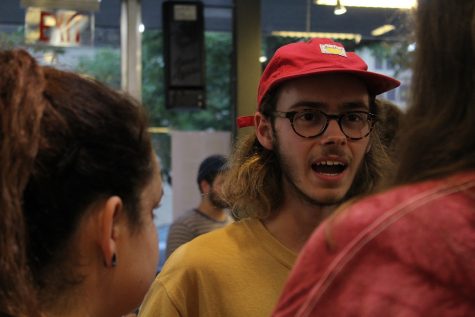Alum starts movement to unify STL
Jake Hollander, Class of 2010, left home six years ago with a plan. He needed the tools to fix policy problems in St. Louis.
“Growing up here I’ve always been bothered by the backwardness of how we operate and how we stigmatize others based on what neighborhood they live in or what school they went to,” Hollander said.
When the conflict in Ferguson occurred, something sparked inside of him.
“I felt helpless watching my home tear itself up over problems that it had always swept under the rug,” he said. “It lit fire under me.”
Last October, Hollander created a grassroots movement called St. Louis Strong, a nonpartisan nonprofit seeking to lift morale, create regional identity and unify the governments of St. Louis County and City.
“Until we tackle fragmentation we will never be able to fully address the issues that led to Ferguson, the departure of the Rams, regional flooding and poor retention rates of college students and tech startups,” Hollander said.
He said St. Louis Strong is currently welcoming community input to sketch different possibilities for unification. This summer, they plan to host round-tables in order gather resident input. Then, they will begin building a plan to restructure, with a vote most likely during an even-numbered year to accompany a general election.
St. Louis County and City have 684 elected officials combined while Congress has 538, Hollander said. The high number of local officials results from the large number of municipalities, 48 of which have fewer than 5,000 residents. Forty-three lie on less than a square mile of land.
“Instead of competing on a regional level in the age of globalization, local governments engage in petty fights over Schnucks and Walmarts,” Hollander said.
Cities that have unified in the past have started to thrive, he said. Nashville, which unified in 1962, has seen a 10 percent increase in the work from 2010 to 2014.
“St. Louis on the other hand gets passed over for fiber, stadiums, amateur sporting tournaments and company headquarters,” he said. “In response, the region counter-intuitively sprawls further west.”
So far, they’ve accumulated 74 volunteers, 354 listserv sign-ups, 998 Twitter followers and 2,803 Facebook likes with no fundraising campaign.
People can show their support of St. Louis Strong by sharing posts on social media, spreading information by word of mouth, joining the discussion on their website, volunteering at future events or taking the survey to describe the ideal St. Louis.
Sam Sherwood, junior, said he supports the unification of St. Louis because of both the population and financial growth it would bring.
However, many people might oppose unification due to the possibility of increased taxes, Sherwood said.
“A unified city and county would allow St. Louis to annex surrounding communities, increasing its population as well as its revenue,” Sherwood said. “Its separate status cuts it off from growing similarly to other cities.”
Carl Filler, director of strategic policy initiatives and community partnerships for St. Louis City, said both he and Mayor Francis Slay support the re-entering of the city into St. Louis County.
“Normally jails and health departments are county agencies,” Filler said. “We lose a significant amount of money, which impacts services when the City and the County have to have the same agencies.”
For citizens, unification would mean the same quality of services would be provided for the entire region. There would also be expanded services through cost savings.
“Any movement that is about reunifying the City and County is a worthwhile effort,” Filler said. “We congratulate St. Louis Strong on its work thus far.”
Your donation will support the student journalists of Marquette High School. Your contribution will allow us to purchase equipment and cover our annual website hosting costs. You may become a PATRON by making a donation at one of these levels: White/$30, Green/$50, Blue/$100. Patron names will be published in the print newsmagazine, on the website and once per quarter on our social media accounts.








